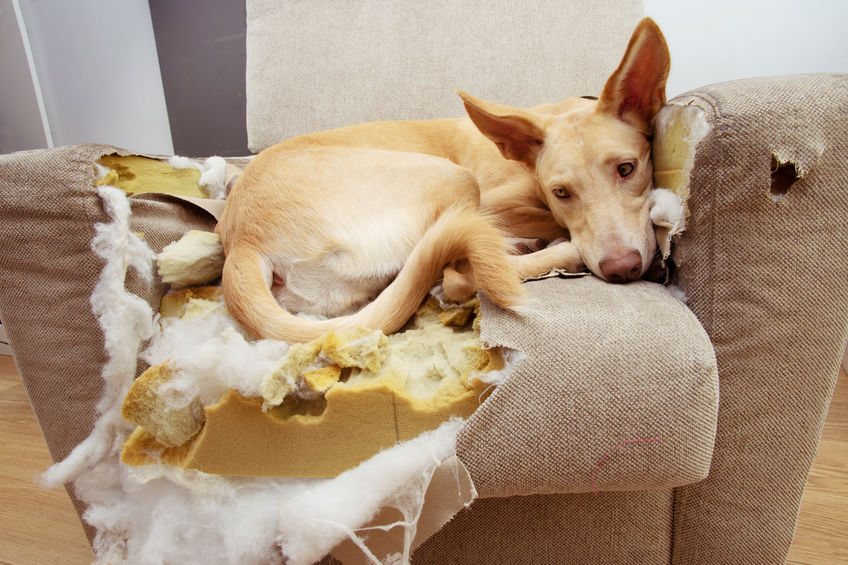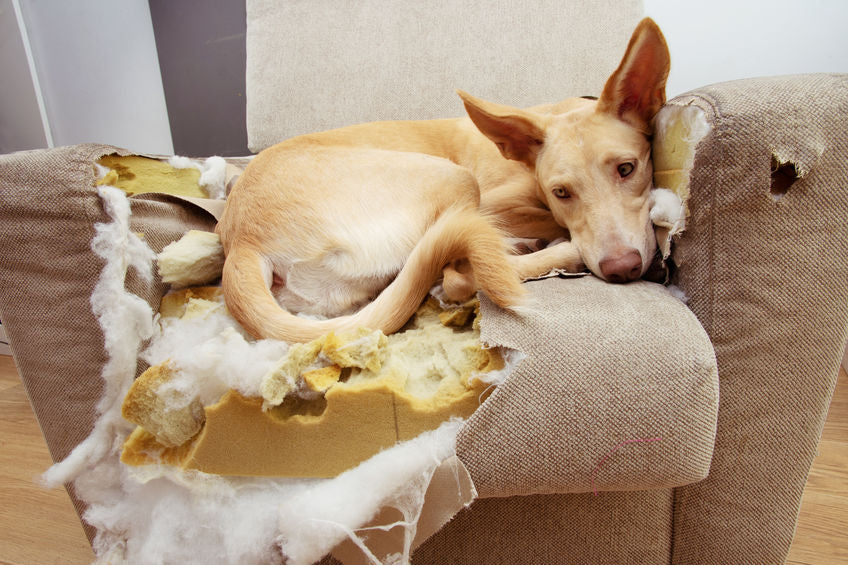
Craving Companionship during Covid
For most of us, we’ve been stuck in our homes the past year because of the COVID-19 pandemic. It was a lonely time, especially for those who live alone. Thankfully, many people chose to ease their loneliness by stepping up, emptying the shelters, and getting dogs as their awesome and loyal companions. The unique relationship between dogs and humans has been going on for thousands of years. We’ve come to appreciate our furry friend even more during this time of isolation and uncertainty.

Post-COVID Challenges for Pet Owners
Any pet parent who has a dog knows that there can be challenges. Taking a puppy to your home is exciting but it also entails understanding dog behavior and taking the time to train them to behave well. Despite these challenges, the sleepless nights, crate training, and the accidents that we have to clean up, it is beyond rewarding and fulfilling to have a pup in our lives. But there’s another challenge that’s coming our way as dog owners, and that’s how to prepare for dog separation anxiety as we come out of the COVID 19 pandemic era.
With pet owners preparing to return to work and "normal life", how will this affect the dogs who’ve gotten so used to having their humans around 24/7? Canine separation anxiety should not be taken lightly. In the same way that humans feel it, our pets feel anxiety and distress when they’re away from their favorite human. That’s why pet owners need to know the signs and address the issue head-on.
If you feel that you and your dog are going to have separation anxiety when you return to work, get ready for it by learning as much as you can about the signs of separation anxiety and how you can make it easier for your pet. Let’s dig deeper into what is dog separation anxiety.
What is Canine Separation Anxiety?

Separation anxiety in dogs happens when you leave them on their own for a long period and they react by becoming distressed, anxious and can display problem behavior. They feel panic, too, when you’re not with them. Here are some tell-tail pet behavior signs that your dog is suffering from separation anxiety.
- Destructive behavior like chewing objects, barking and howling.
- You notice that they’re more clingy than usual.
- Your dog may attempt to leave your home.
- Going potty inside the house.
- Trembling and tucking their tail. Pacing and panting too much.
- Changes in their eating habits.
- Changes in your pet's behavior.
- Panic attack
How to Help Your Anxious Pet?
As a dog owner, there are many ways that you can help your dog deal with separation anxiety. If you notice that your pets howl, bark, and chew on your things, don’t get angry at them, pet parents need to learn behavior modification. They need you now more than ever. Be observant of any changes in their behavior so you can take care of the issue properly. Here are some of the steps you can take to help and handle separation anxiety in dogs.

Develop Routines for Your Pet
Routines are not just for humans. Your dog can also benefit from having a structure in their daily lives. When feeding your pet, maintain a schedule. For example, you can do it in the mornings when you’re having coffee, and then again at the end of the day during dinner time. Keep this routine so that your dog can get used to the schedule.
Also, include playtime, exercise, and even alone time in your dog’s routine. If you can’t take your dog out to exercise, be sure to get a dog walker or dog trainer so that your pet gets his or her daily dose of exercise. Keep in mind that the routine doesn’t have to be strict. Just keep it structured so that your dog will be prepared for what to expect.
If you haven't yet, start introducing socialization activities. Hey, it's been a while for us dog parents too, so take the pup out, let them blow off some steam, and be around other dogs.
Lessen Arrival and Departure Cues
Maybe you’re starting to hear your dog whimper or whine when he hears your keys jingling. It’s because he’s associated it with you leaving your home. The same goes for when you put on your jacket, shoes and pack up your bag. Your dog has made a connection between your actions and that they’ll be left alone for a long time.
You can lessen these cues and eliminate anxiety in your dog by doing a few exercises every now and then. For example, jingle your keys but don’t go out. You can also pack your bag, put it by the door and then just sit back. This way, your pet won’t fully associate those cues with being left alone.
Leave Treats for Your Dog
When leaving treats or chews for your dog, keep in mind not to give them rawhide chew. These are dangerous, full of nasty chemicals and your pet may suffer health issues. Instead, leave your dog hard chews because these can help in alleviating stress and anxiety.
Antler Chews can keep your dog occupied for a long time. It has an assortment of whole-piece and split elk or deer antlers. Since it's hard to chew on, it will be long-lasting. You can be sure that your pet will be busy with it and not chewing on the furniture, pillows, or shoes. Another benefit of Antler Chews is that it can help in keeping the gums and teeth of your dog clean. The chews can scrape off any tartar and plaque build-up.
Takeaway
Being a pet owner has its own challenges but they are greatly outweighed by the wonderful rewards! Our dogs keep us happy with their loyal companionship. It’s only right that we take care of them the best way possible. If your dog is starting to behave differently when you leave them in the house, don’t get angry and punish them. Instead, understand what’s going on and address the situation by applying the steps we’ve shared above.
Our dogs are like us in many ways. They feel excited when their favorite human arrives, and they get lonely when we leave them alone. But unlike humans, dogs may resort to destructive behavior to alleviate their anxiety. It’s not because they are bad dogs, but rather, they don’t know how to deal with the panic, stress, and anxiety they’re feeling. Pet owners need to understand, empathize and find a solution. Whether that’s through a dog trainer for severe dog anxiety, or some of the suggestions above. Extend patience to your furry friends and ensure that they feel secure and comfortable during this transition!




